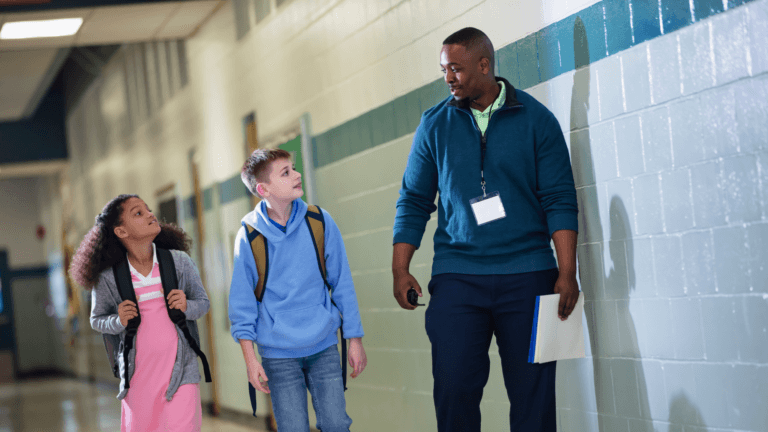As the backbone of any educational institution, school principals play a crucial role in shaping the future of students, teachers, and the school community. They are the visionary leaders responsible for creating a conducive environment that fosters learning, growth, and excellence.
In this blog post, we will explore the multifaceted role of school principals, shedding light on their diverse responsibilities and impact on the educational landscape.
1. Instructional Leadership
At the heart of a school principal’s role lies instructional leadership. Principals are not just administrators but educators who set the tone for the entire institution. They are responsible for creating a shared vision that aligns with the school’s mission and objectives. By setting high academic standards and promoting a culture of continuous improvement, they inspire teachers and students alike to strive for excellence.
Interested in becoming a principal in Texas? Learn more about the TEA-Approved Principal Certification Network and get started on your new career today!
2. Curriculum Development and Implementation
Principals collaborate with teachers and academic coordinators to develop and implement a comprehensive curriculum that meets the educational needs of students. Additionally, they ensure that the curriculum adheres to state and national standards, promotes critical thinking, and prepares students for future endeavors.
3. Teacher Management and Development
An effective school principal understands teachers’ pivotal role in shaping young minds. They are involved in recruiting, hiring, and coaching qualified teachers dedicated to their students’ growth and development. Principals also conduct regular evaluations and provide constructive feedback to support teacher improvement. They organize professional development workshops to enhance teachers’ skills and update them with the latest teaching methodologies.
4. Student Discipline and Welfare
Maintaining a safe and respectful learning environment is a significant aspect of a school principal’s role. Principals enforce district and school policies and procedures, ensure student safety, and address behavioral issues when they arise. They also work to create a positive school culture where students feel valued and supported, fostering an atmosphere conducive to learning and personal growth.
5. Parent and Community Engagement
Principals act as bridges between the school and the wider community. They engage parents in their child’s education by organizing parent-teacher meetings, open houses, and workshops. Additionally, principals collaborate with community organizations, local businesses, and government agencies to create a strong support network for the school and its students.

6. Budgeting and Resource Management
As the financial stewards of the school, principals are responsible for budget planning and resource allocation. Furthermore, they ensure that funds are used effectively to support various educational programs, maintain infrastructure, and procure necessary educational resources.
7. School Events and Extracurricular Activities
A vibrant school community is essential for holistic development. Principals encourage and support extracurricular activities like sports, arts, music, and clubs. These activities contribute to students’ overall growth and foster a sense of belonging and school pride.
8. Crisis Management
In times of crisis, be it natural disasters or emergencies, school principals take charge to ensure the safety and well-being of everyone on campus. Furthermore, they work closely with staff, authorities, and parents to implement safety protocols and respond effectively to unforeseen circumstances.
9. Continuous School Improvement
Leading a school is an ongoing process of improvement. Principals analyze academic performance data, gather feedback from stakeholders, and use this information to identify areas of improvement. They also collaborate with teachers and other staff to develop strategies that enhance student achievement and school performance.
10. Policy Implementation and Compliance
Principals must stay informed about local, state, and federal educational policies and regulations. They also ensure that the school adheres to all relevant laws and guidelines while making decisions aligning with its mission and vision.
In conclusion, the role of a school principal is diverse and multifaceted. These visionary leaders are administrators, educators, mentors, and inspirations to their school communities. Their dedication, vision, and commitment to excellence drive positive change in the lives of students and teachers, making them true architects of a brighter future.
Andrea is a Leadership Certification Specialist here at ESC Region 13.





Add comment